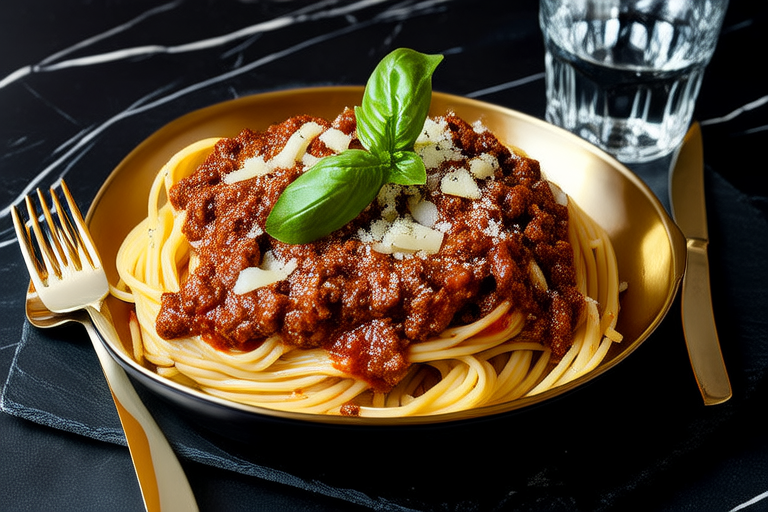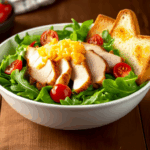- Introduction
Welcome to our culinary journey where we explore the delightful world of pasta perfection for lunch. Pasta is not just a meal; it’s an art form, a canvas upon which flavors dance and textures intertwine. Today, we’ll delve into the nuances of crafting the perfect pasta dish that will elevate your lunchtime experience. From selecting the right ingredients to mastering the cooking techniques, this guide will provide you with all the tools necessary to create a memorable pasta masterpiece.
- The Art of Pasta Selection
Choosing the right type of pasta is crucial in achieving pasta perfection. The shape, size, and texture of the pasta should complement the sauce and other ingredients. For instance, long, thin strands like spaghetti or linguine work well with lighter, oil-based sauces, allowing each noodle to catch the sauce evenly. On the other hand, short, tubular pasta such as penne or rigatoni pairs excellently with chunkier, creamier sauces, ensuring that no flavor is left behind.
Moreover, the quality of the pasta plays a significant role in the final dish. Opt for high-quality, artisanal pasta made from durum wheat semolina. These pastas have a robust texture that stands up to rich sauces without becoming mushy. Brands like De Cecco and Barilla offer excellent options for both dried and fresh pasta.
- The Perfect Sauce
A great sauce can make or break a pasta dish. The sauce should not only taste delicious but also enhance the natural flavors of the pasta. There are countless sauces to choose from, ranging from classic tomato-based marinara to creamy Alfredo and indulgent carbonara.
For a traditional yet versatile sauce, consider making a homemade marinara. Start by sautéing garlic and onions in olive oil until they’re soft and fragrant. Add canned crushed tomatoes, a pinch of sugar to balance acidity, salt, pepper, and herbs like basil and oregano. Simmer the sauce gently for at least 30 minutes to allow the flavors to meld together. This slow-cooked marinara will coat the pasta beautifully and provide a comforting, familiar taste.
If you’re looking for something richer, try making a creamy Alfredo sauce. Begin by melting butter in a pan over medium heat. Once melted, add a mixture of grated Parmesan cheese and heavy cream. Stir continuously to avoid lumps and ensure the cheese melts smoothly into the sauce. Season with nutmeg, salt, and pepper to taste. This velvety sauce complements the smoothness of fettuccine perfectly.
- Vegetable and Protein Complements
To round out your pasta dish, consider adding vegetables and proteins that enhance the overall flavor profile. Vegetables like cherry tomatoes, spinach, and mushrooms can add color, texture, and nutrition to the dish. Saute these ingredients separately before combining them with the pasta and sauce. This ensures that each vegetable retains its vibrant color and crispness.
Proteins such as grilled chicken, shrimp, or crispy bacon can elevate the dish further. For example, searing shrimp in a hot skillet with a bit of olive oil until pink and firm adds a delightful seafood touch. Similarly, grilling chicken breasts and slicing them into bite-sized pieces provides a lean protein option. Bacon, when cooked until crispy, can be crumbled over the finished dish for a smoky, savory crunch.
- Cooking Techniques
Mastery of cooking techniques is essential for achieving pasta perfection. Properly cooked pasta should be al dente, meaning it should have a slight firmness when bitten. Overcooked pasta becomes soggy and loses its texture, while undercooked pasta can be chewy and difficult to digest.
To cook pasta correctly, bring a large pot of salted water to a rolling boil. Add the pasta and stir occasionally to prevent sticking. Cook according to the package instructions, but taste-test a strand about two minutes before the recommended time to ensure it reaches the desired doneness. Drain the pasta, reserving some pasta water if needed to adjust the consistency of the sauce later.
Once drained, toss the pasta immediately with the sauce and any additional ingredients. This ensures that the sauce adheres evenly to the noodles and prevents clumping. If the sauce seems too thick, gradually add reserved pasta water until the desired consistency is achieved.
- Serving Suggestions


